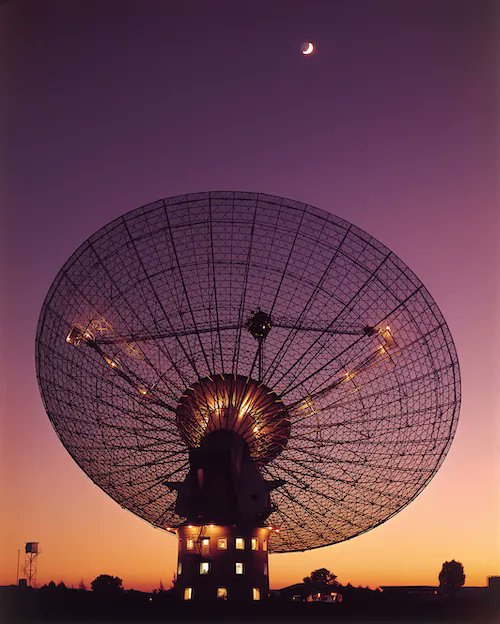Is it a multimedia art project? Or a rehearsal for alien contact? Let’s call it both: Researchers specializing in the search for extraterrestrial intelligence, or SETI, are working with a media artist to stage the receipt of an interstellar message — and a global effort to decode the message.
The project, titled “A Sign in Space,” is orchestrated by media artist Daniela de Paulis in collaboration with the SETI Institute, the European Space Agency, the Green Bank Observatory and the Italian National Institute for Astrophysics (also known as INAF).
The metaphorical curtain rises on May 24, when ESA’s ExoMars Trace Gas Orbiter transmits an encoded radio message from Martian orbit to Earth at 19:00 UTC / noon PDT.
Continue reading “SETI Researchers Are Simulating Alien Contact — and You Can Help”









